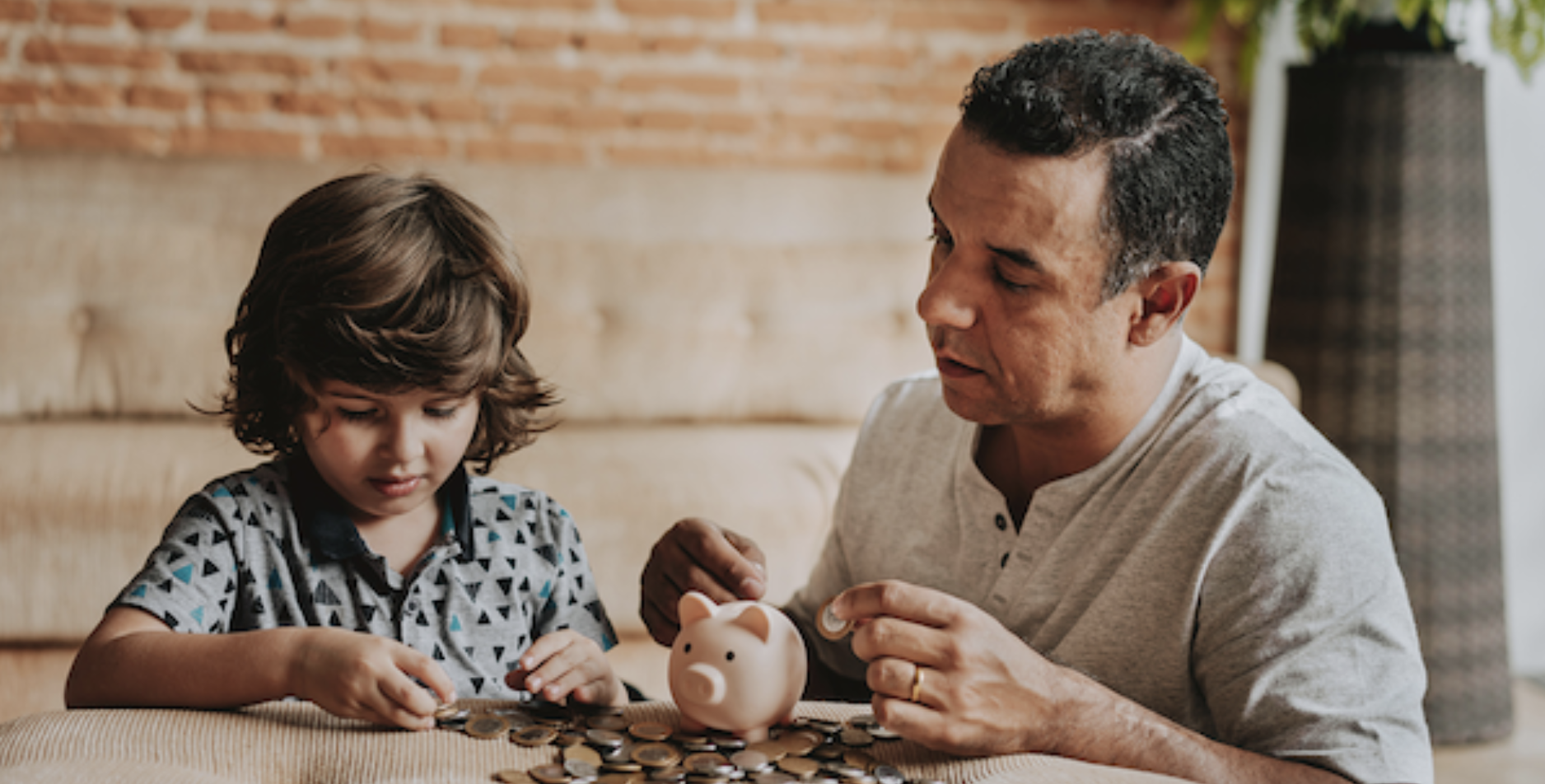For decades, children have been compared to sponges: easily absorbing whatever they’re surrounded by. But, what about financial matters? How do we make sure our children are absorbing the right money habits? The key is teaching by example (and avoiding ‘do what I say, not what I do’).
At first, it may be hard to examine your own spending habits, but when you keep in mind that what you do now can affect your kids for the rest of their lives, well, that can make this change so much easier. Here are two basic financial habits for teaching your kids a balanced view of money and creating balanced habits in your own life.
- Shop Smart: “Tis the season” for holiday shopping, but Black Friday comes and goes faster than the Ultra HD 80-inch Flat Screen TVs at Walmart. Great sales don’t always land in our laps and advertisers are constantly trying to hook your attention with flashy numbers and catchy rhetoric.Real savings year round takes work and a little patience.
- What you can do: Don’t fall for the first deal you see. Make sure you get the most bang for your buck by doing your homework on the various sales in-store or online. You may find the same product for a much prettier price! Plan your shopping day ahead and keep your list organized so you can take your time. Remember, a rushed shopper is not a smart shopper.
- For the kids: Start by teaching your kids the difference between a want and a need. When you ask your child if they really need the newest PlayStation, odds are that they’re going to answer “Yes”. By explaining that some things are ‘wants’, even though they feel like ‘needs’, you will help ensure your kids won’t become emotional shoppers in the future. In order for this to be effective, children need to see you demonstrating the same control in your life. For older kids, look through coupons, calculate savings percentages and compare prices this will both demonstrate the practicality of the math that they’re learning in school and create good habits.
- What you can do: Don’t fall for the first deal you see. Make sure you get the most bang for your buck by doing your homework on the various sales in-store or online. You may find the same product for a much prettier price! Plan your shopping day ahead and keep your list organized so you can take your time. Remember, a rushed shopper is not a smart shopper.
Save, Save, Save It’s difficult and it’s not fun, but it pays off. Saving from a young age is essential to building a financially stable adult life that isn’t spiraling into debt. But how do you break the spending habit and start saving, especially if you already have financial obligations?
- What you can do: Start ‘paying yourself first’. Your savings account is not like last week’s green bean casserole that is left in the fridge. Instead of treating savings as left overs, view it as the first course of the meal. If you wait until the end of the month to see how much money is left to put into savings, there often isn’t much left. By paying yourself first you ensure that you have a cushion of funds to fall back on. This is the best habit a financially healthy person can create.
- For the kids: Contributing a small amount of funds to your child’s saving account each month will give them a head start. As they start receiving money (from small chores around the house, birthdays, etc.), begin setting realistic goals to teach them the importance of saving. What are realistic goals? These are goals that your child finds interesting for more than a few seconds. You could start by having them save for a toy, then perhaps for a meal at a favorite restaurant, school supplies, clothes, new technology, and someday a car, travel, a home, and their future. Even kids in kindergarten can can start learning to save for things that they want (instead of asking and getting everything)..
So what kinds of habits do you want your child to absorb? Never hesitate to involve your kids in your financial life.Talk to them about earning money, saving for things they want (and sometimes even need), and even building up to the household spending plan. And don’t feel like you have to do this alone – as a member, we’re here to help teach your kids, or even yourself, better financial habits.



